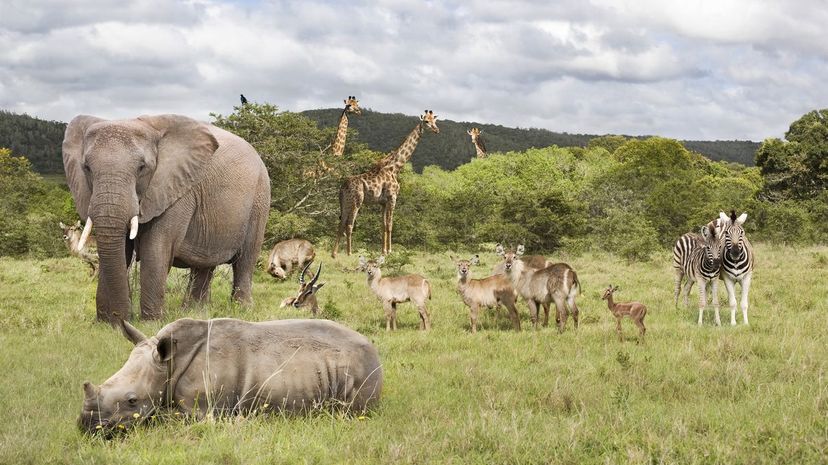
About This Quiz
"The Lion King" hit screens on June 24, 1994, and it was an instant hit. Disney knew that it would be before they released it, as the movie managed to reduce their entire team of animators to tears of pride and joy simply from screening the full opening sequence internally. The teams had worked individually on each piece of the whole and were astonished when they saw what they had created in its final form. The movie was loosely based on the plot of "Hamlet," Shakespeare's great tragedy, and though it was given a happier Disney ending, it certainly dares to tread on some very dark terrain on the way there.
Disney eventually transferred "The Lion King" to the stage, where director and visionary Julie Taymor's dazzling production became a Broadway behemoth that has now grossed over a billion dollars. With the Broadway and movie audiences in mind, Taymor made the smart move of beefing up the female roles, including turning Rafiki from male to female and adding a number for Nala. Some of the additional songs were even added to subsequent DVD releases, such was the movie's popularity and the stage show's success.
With a live-action movie set to debut in 2019, "The Lion King" continues to reign over our hearts. Of course, while the Broadway show inherently had to embrace the unreality of humans playing animals on state, the new movie, like the original, is full of very thorough research on the mechanics and anatomy of the animals it features. This means that it's a great opportunity to re-familiarize ourselves with the denizens of the savanna and the rain forest. How many of the animals depicted in "The Lion King" can you identify? It's time to find out.
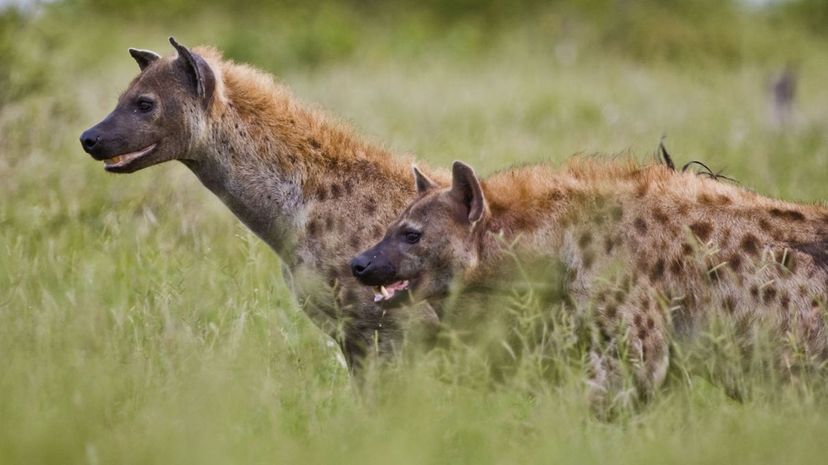
Hyenas are noted for their laughing bark, which makes people think of them as always giggling. They're actually not the scavengers they're depicted as being; they often kill their own prey and then lions take it from them, instead of it being the other way around.
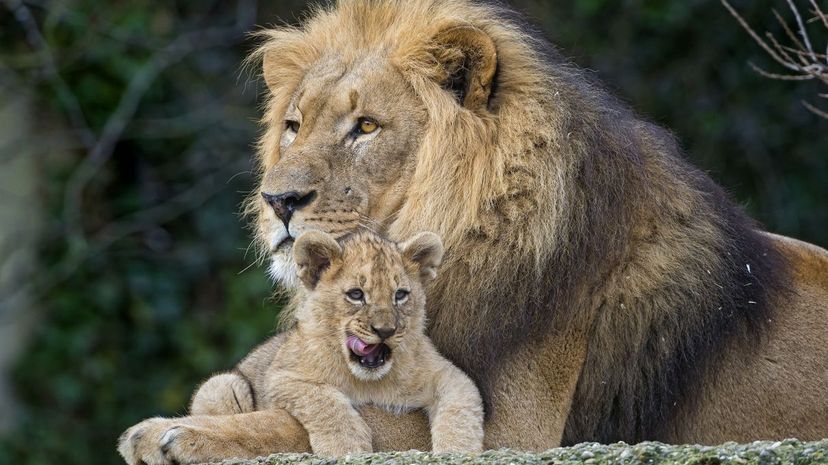
Obviously, this is a nice and easy one; everyone recognizes a lion! Indeed, despite not being native to a great many countries, lions have been adopted as the symbols of leaders and royal houses throughout the world. People are taken with their beauty and power. The movie's excellent research into lion body mechanics is offset by its careful obfuscation on lion family structure; it's likely that a real-world Nala and Simba would be related.
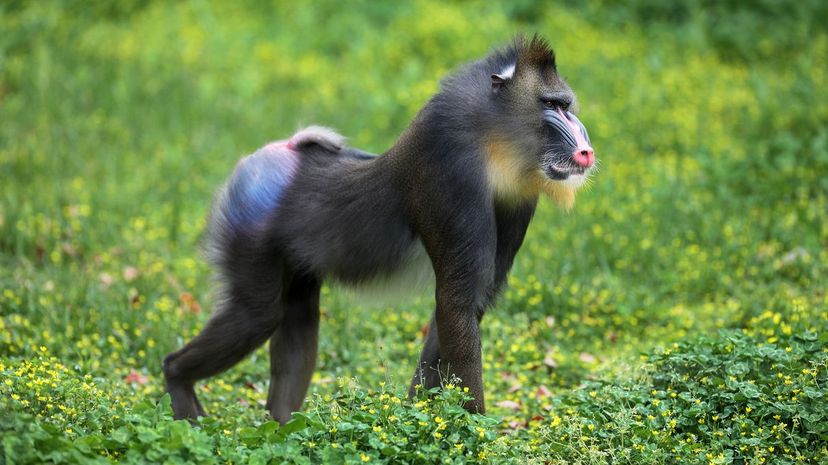
This beautiful monkey is depicted in the movie and stage show as being very wise and living a long time. Mandrills were once classified as a kind of baboon, though these days they have their own classification. Curiously, Rafiki is the only character in the movie with a local accent.
Advertisement
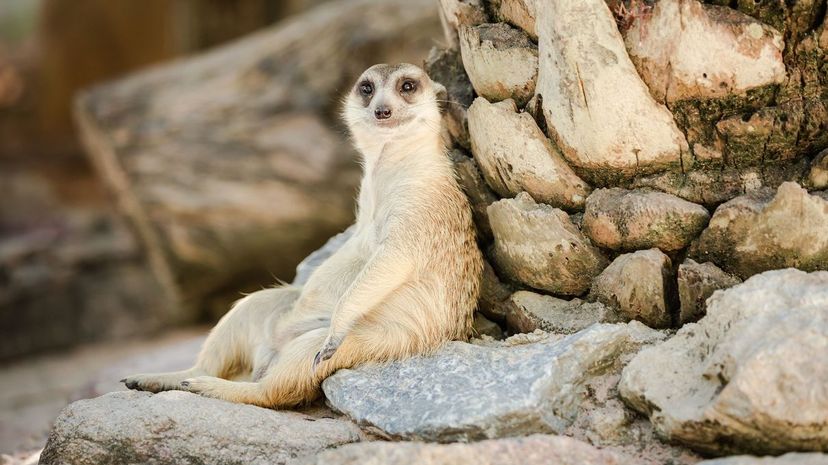
Timon notes that he doesn't live in his preferred savanna landscape, as the jungle is a place of exile for him as well as Simba and Pumbaa. He is a meerkat, a highly social animal who likes to live in large family groups and would no doubt be very depressed if he found himself without any other meerkats.
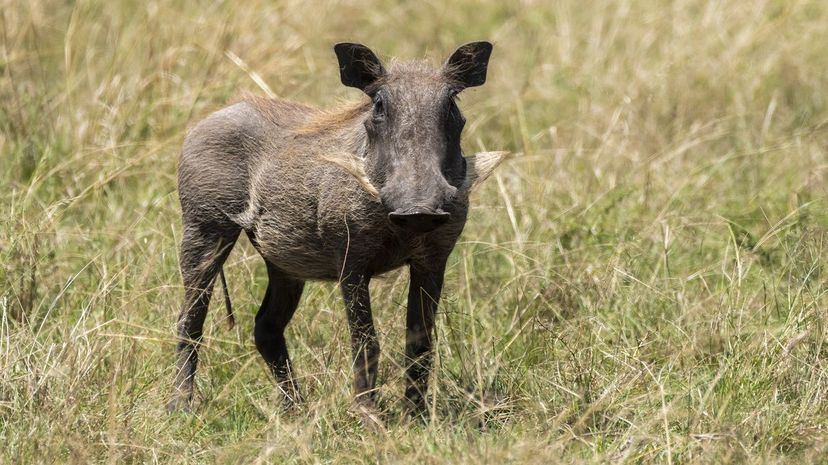
As Pumbaa and Timon sing, there was a time, "When he was a young warthooooog!" Pumbaa is depicted as being hairy, a bit dumb and constantly passing gas. Real warthogs aren't necessarily so unappealing, though they are quite funny looking. Like Timon, Pumbaa would not naturally want to live in the rain forest.
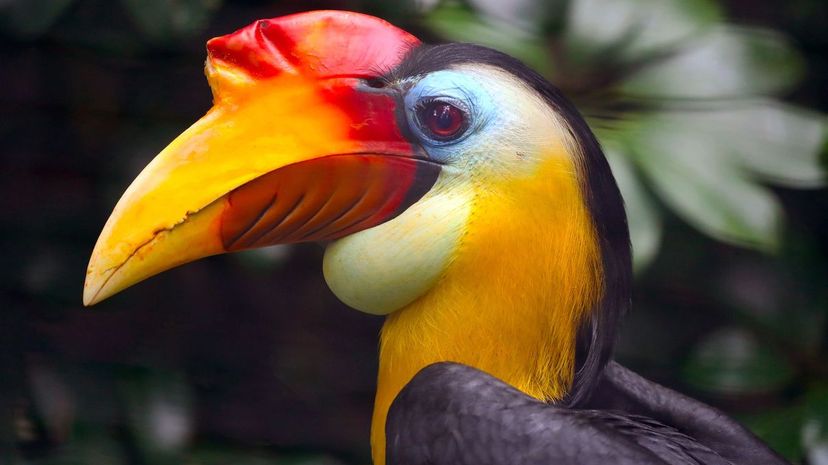
Zazu is a hornbill, as Simba notes when he sings, "Kings don't take advice from stupid hornbills, for a start." Zazu is voiced by Rowan Atkinson, which makes him and Scar the only English-accented characters! It's sadly not accurate to depict hornbills as great friends with, or servants of, lions.
Advertisement
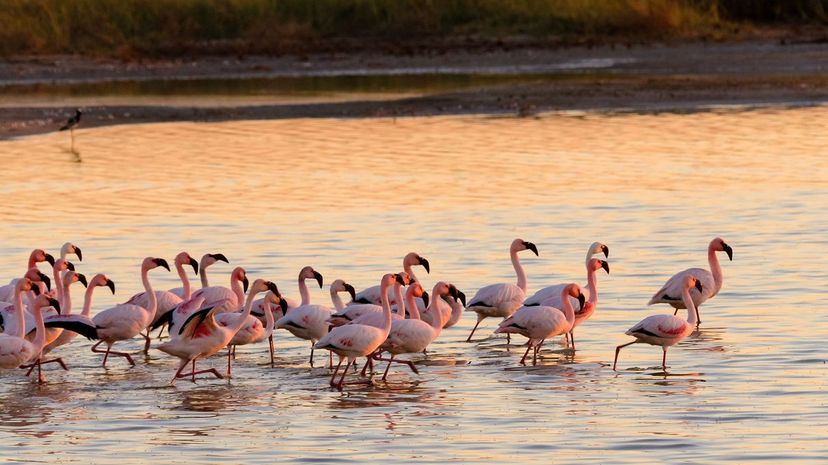
Flamingos are actually not born pink, contrary to popular myth. They hatch as grey chicks and then become pink as a result of eating their preferred diet of tiny little shrimp and a particular kind of algae, both of which contain a chemical that turns them pink. If they were fed a different diet, they might be another color!
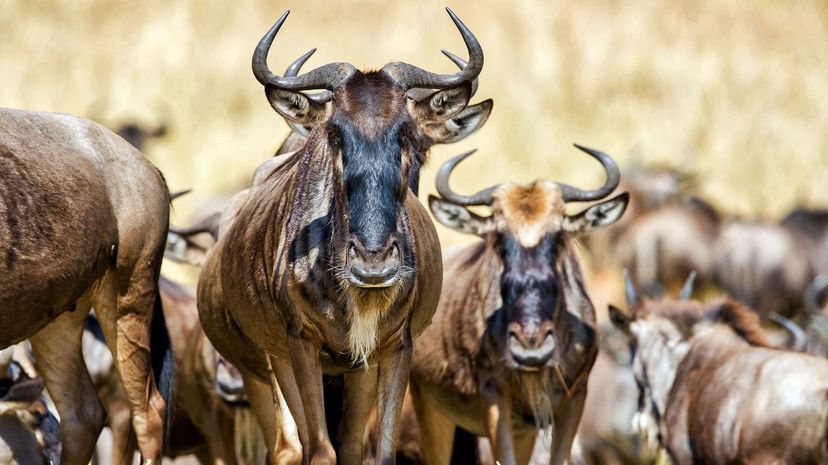
The wildebeest stampede is one of the scariest scenes in the whole Disney library, and it leads to the tragic image of Simba sobbing over Mufasa's lifeless body. Wildebeest would generally do their best to avoid lions, their natural predator, though the younger and sicker members of the herd remain vulnerable—though the lionesses are the ones who actually hunt them, meaning Mufasa's appearance would probably be quite a surprise to them.
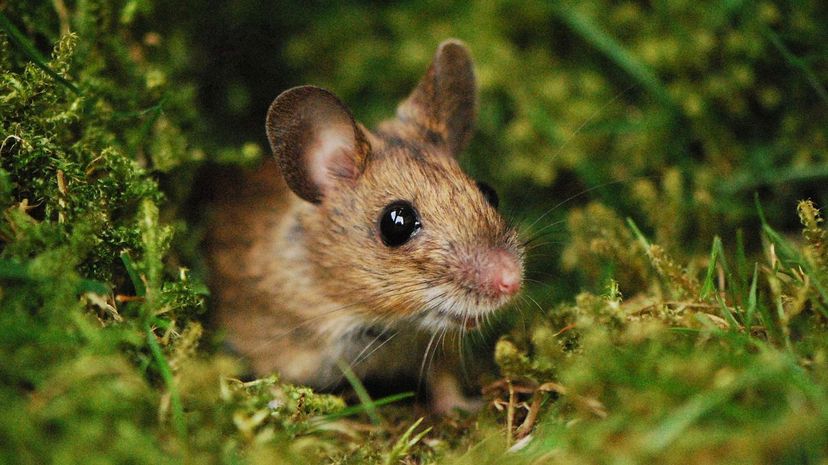
In Scar's opening scene, we see him philosophizing with a wood mouse that he tortures by variously treading on its tail and making it run along his paw. While the idea that a mouse was going to be his entire lunch (as he claims) doesn't quite make sense, the image of a large cat playing with its food isn't entirely unfair—and wood mice are indeed a presence on the savanna, though they are too small to tempt lions.
Advertisement
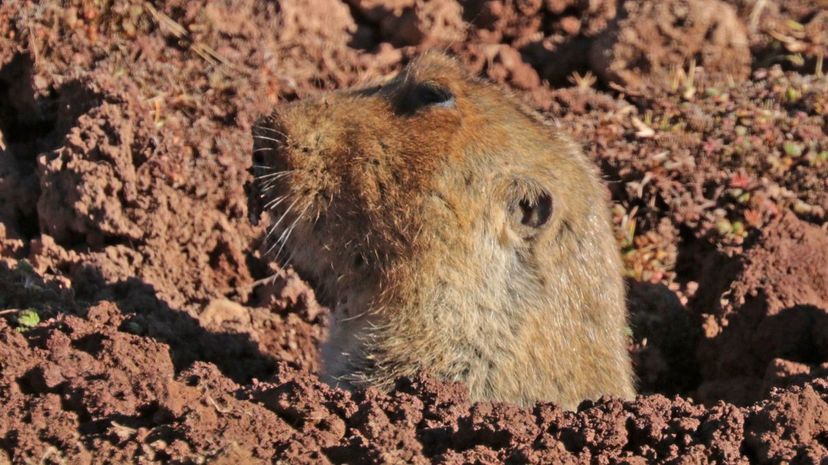
We see a big-headed African mole-rat appear in the movie to report to Mufasa and Zazu that there are hyenas on the pride lands. In real life, these large rodents are generally unlikely to show up in the same area as a lion, since they prefer to live in the mountains.
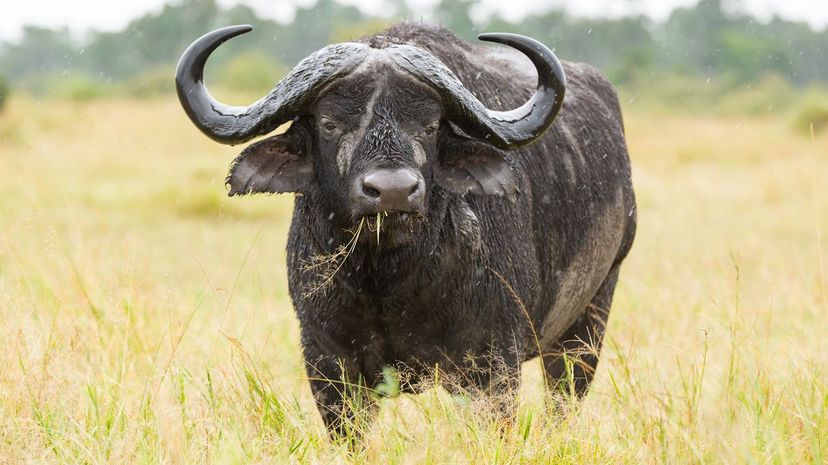
These African buffalo are cousins of the larger American variety. Buffalo are a herd species who tend to group together for safety, and while they are prey, they are also noted for their willingness to fight back when they have to. One of the first truly viral videos featured a herd of buffalo beating up and scaring off a lion and crocodile that tried to take their calf.
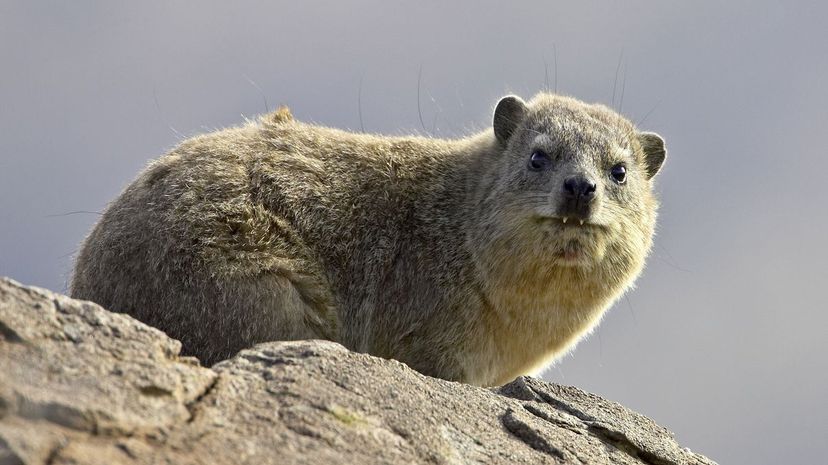
This fellow is also known as the rock badger and rock rabbit, in honor of how it looks a little like both. It's not a big feature of "The Lion King," so blink and you'll miss it!
Advertisement

Cheetahs are not a big role in the movie, but we do see them in the opening sequence, as well as a glimpse here and there. They are the fastest land mammal, a solitary creature who, unlike lions, choose to live on their own or briefly pair up to breed.
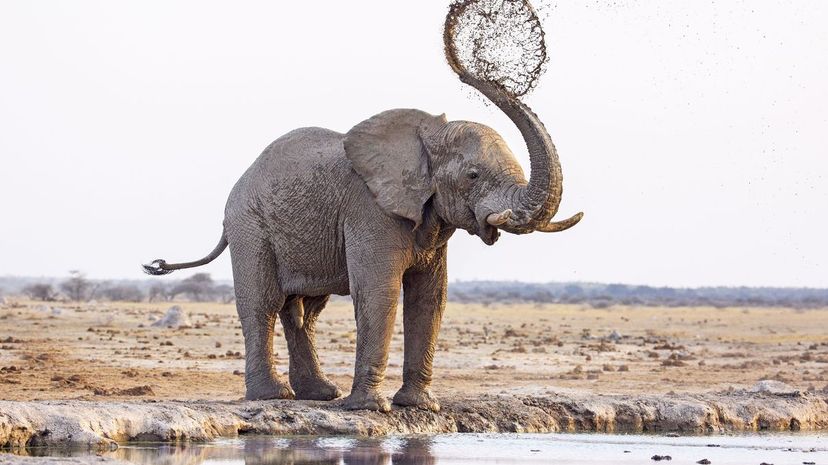
The African bush elephant is largely responsible for the presence of the savannas, because they knock down small trees—they can deforest large areas. Some varieties of African elephant have now come under such strong selective pressure thanks to ivory poaching that they are starting to be born without horns, a case of evolution coming to the rescue!
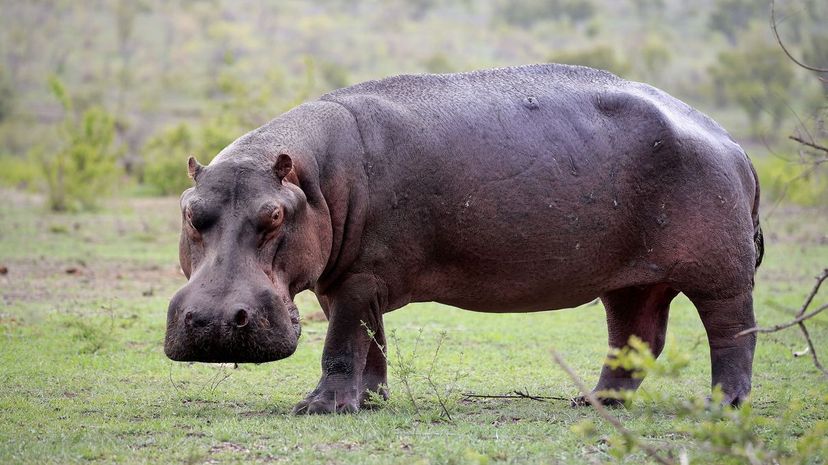
We see hippo in the opening sequence and again in the flashback when Pumbaa laments how unwelcome he was at the watering hole. Hippos are one of the largest animals in the Savannah by mass, but if you leave them alone, generally they won't bother you.
Advertisement
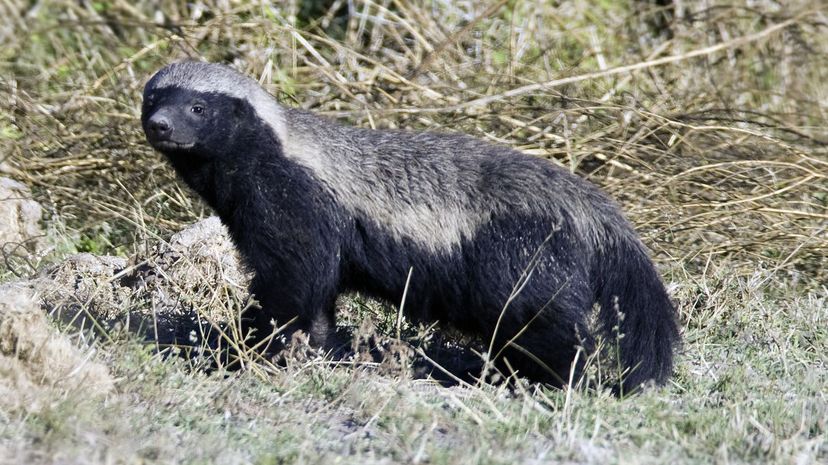
The honey badger, also known as the ratel, is a native species of the African savanna, as well as large swaths of Asia. Unlike its incredibly cute English counterpart, it's quite vicious and not to be messed with. Its aggression sometimes leads it to bite off more than it can chew, with cases of honey badgers trying to take on several lions at once.
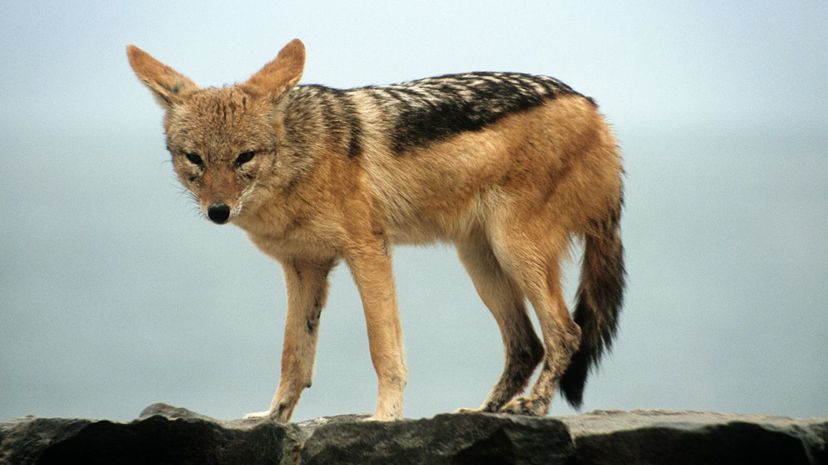
A jackal is a mid-sized species of wild dog, and they're a very effective hunter who work in packs. The variety you'll spot in "The Lion King" are the black-backed jackal, though there are several other subspecies to be found throughout Africa.
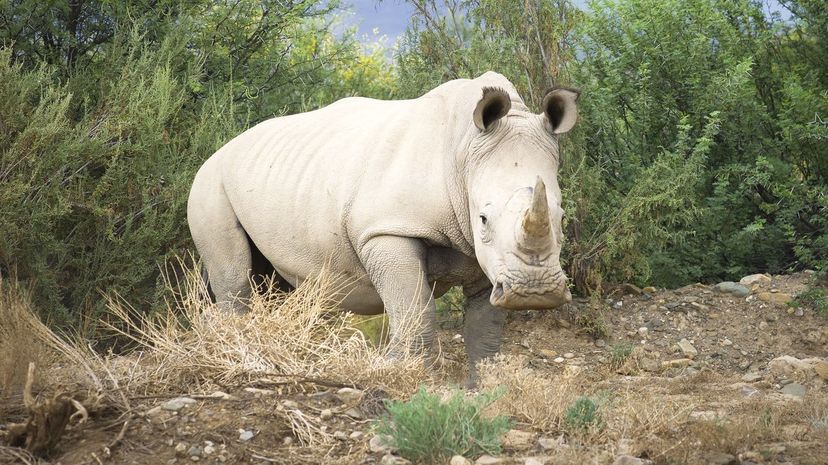
The white rhinoceros is distinct from some other varieties due to its pale skin and pair of horns. The horns are not actually made of bone or cartilage, but are instead very dense keratin with a somewhat weaker coating. While this is the same stuff of which hair and nails are made, it's not quite accurate to call it hair; it's more similar in structure to a hoof.
Advertisement
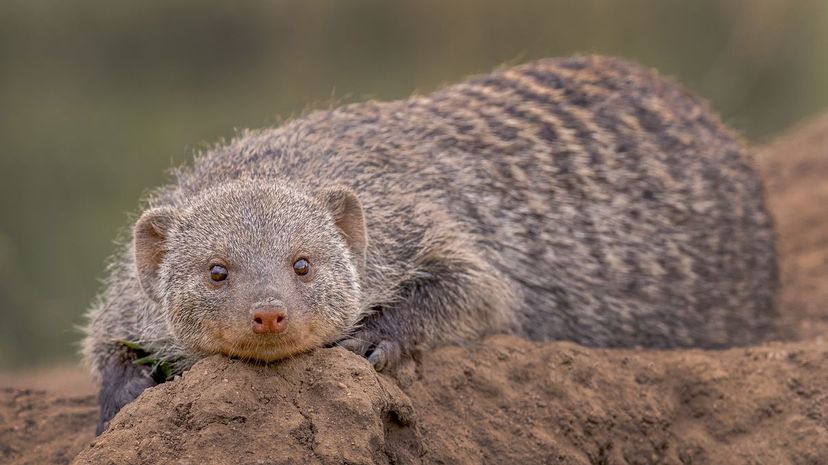
A mongoose is a type of rodent who is famous for its particular courage in facing down snakes. They are found all over Africa and Asia and appear in Rudyard Kipling's "Just So" stories. They look a little like a meerkat, which is a distant relative, and they come in 29 subspecies!
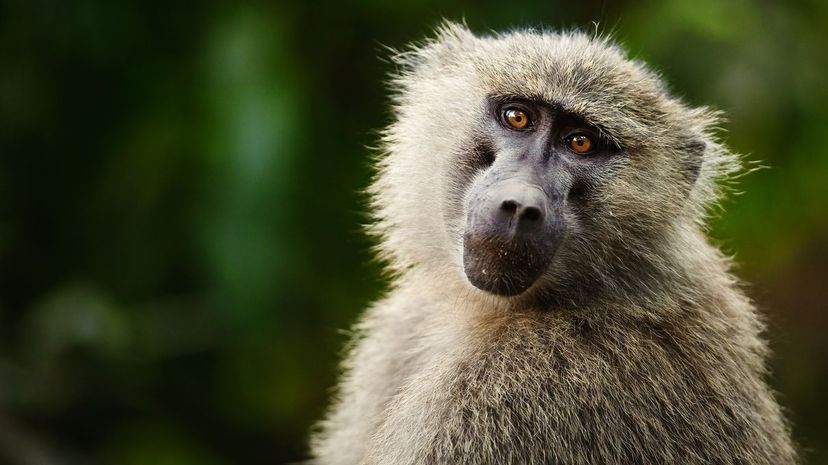
Olive baboons can be found in nearly half of the countries in Africa, making them the most widespread type of baboon. You see them briefly in the movie during "The Circle of Life," but they don't enjoy any speaking roles.
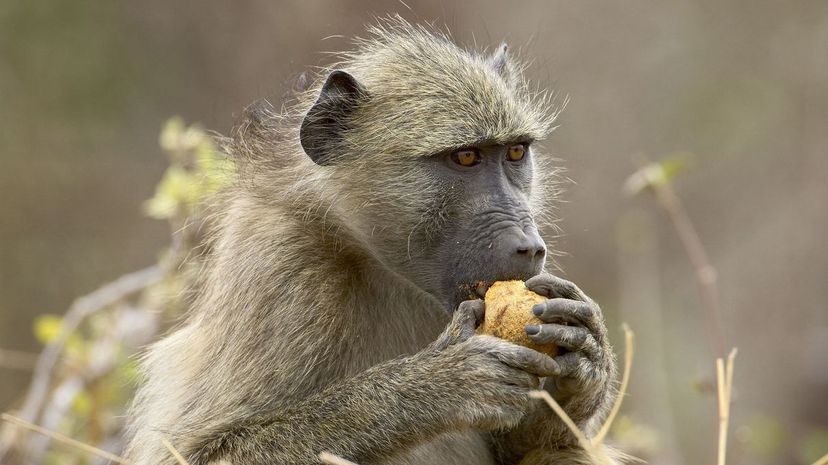
"Chacma" is derived from the Hottentot word for "baboon," which technically means that this splendid animal is named the same thing twice! These are some of the largest varieties of monkey and are notable for their prominent canine teeth.
Advertisement
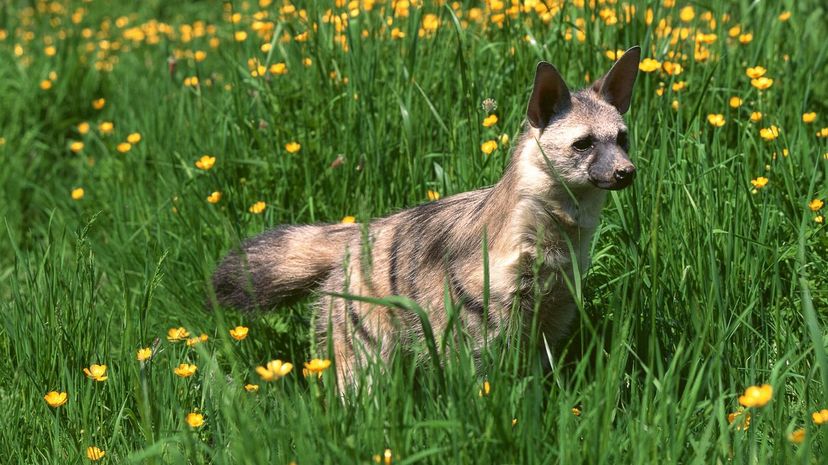
"Aard" is the Afrikaans word for "earth," and "aardwolf" is a common name between that language and Dutch. The aardwolf is an insectivore, despite looking rather like a dog or wolf. They are surely one of humanity's great friends, as they eat termites and can consume literally millions of them every year.
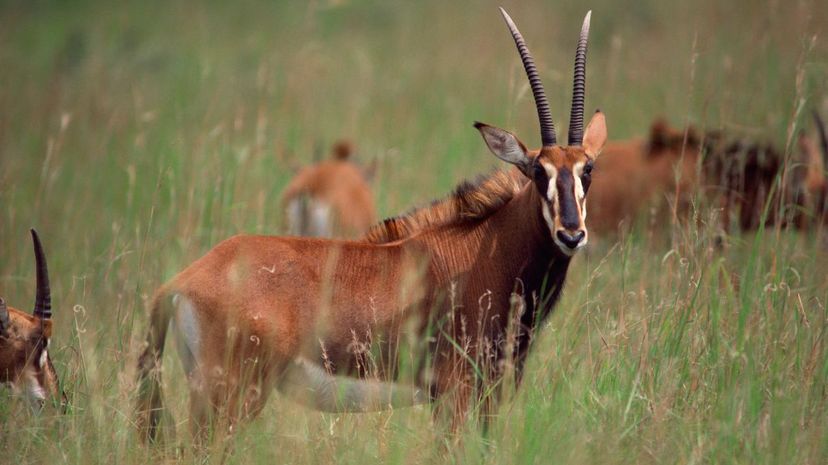
The sable antelope is a beautiful denizen of wooded areas of the savanna, though their habitat is under considerable threat. They are the national animal of Zimbabwe and were once widespread across much of the southern third of Africa.
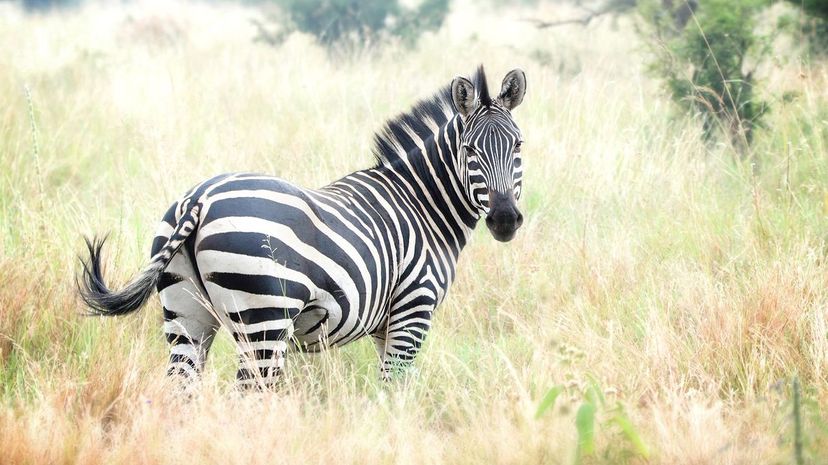
The zebra is not an easy animal to domesticate, which explains why there are fewer of them outside of Africa than one might expect. No two zebras have the exact same stripes, making these patterns as distinctive as a fingerprint and greatly improving frustration levels among those trying to monitor wild populations!
Advertisement
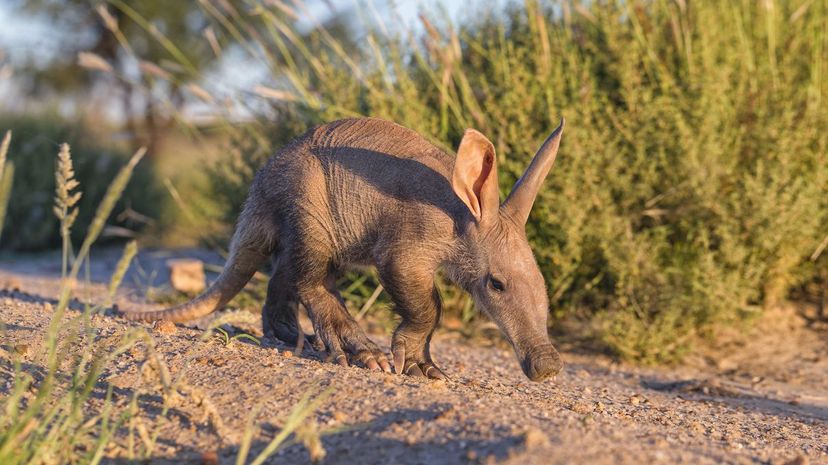
The aardvark is a very funny creature that looks rather like it was made up of discarded ideas for other mammals. It's larger than is often realized, maxing out at around 140 pounds. It's the only member of its order, Tubulidentata, but there are remains showing that it has a number of deceased ancestor species that were quite similar.
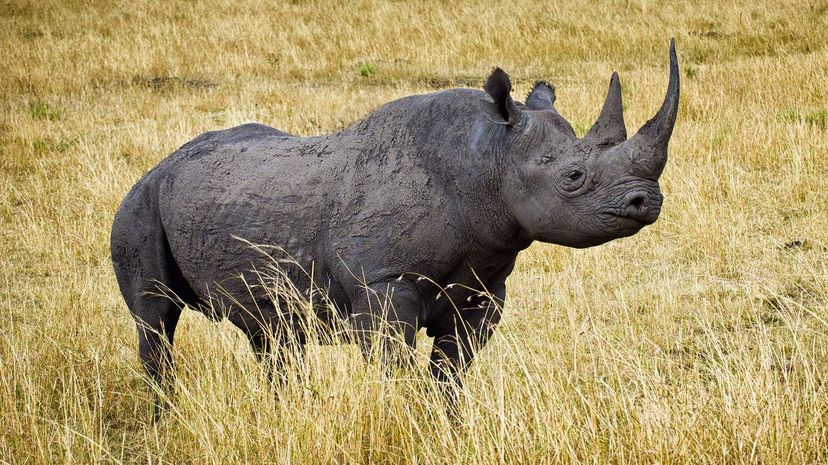
The black rhinoceros isn't literally black, being generally brown or grey, but it's darker than its white cousin. As they both have two horns, it's easiest to distinguish the black rhino by virtue of its hooked lip. You can find them all over eastern and southern Africa.
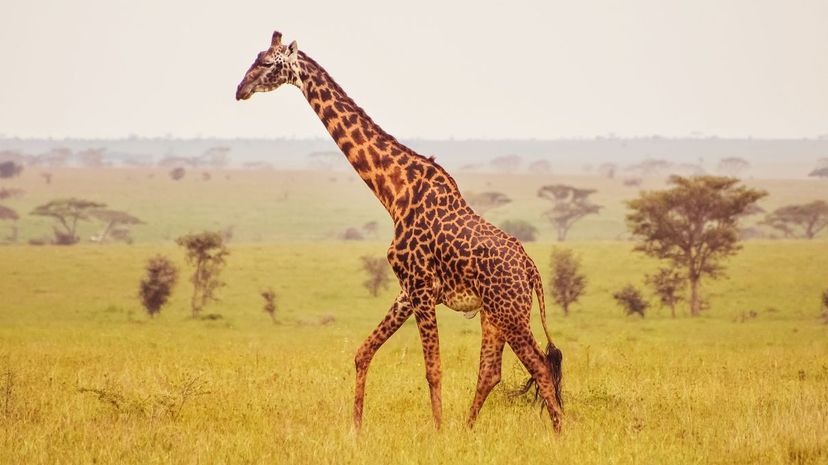
Giraffes are a marvelous species who evolved to be able to graze from high trees that other animals cannot reach. They have an excellent set of adaptations to make sure they don't pass out for want of oxygen at the top of that long neck, including special blood vessels and a large heart for their size.
Advertisement
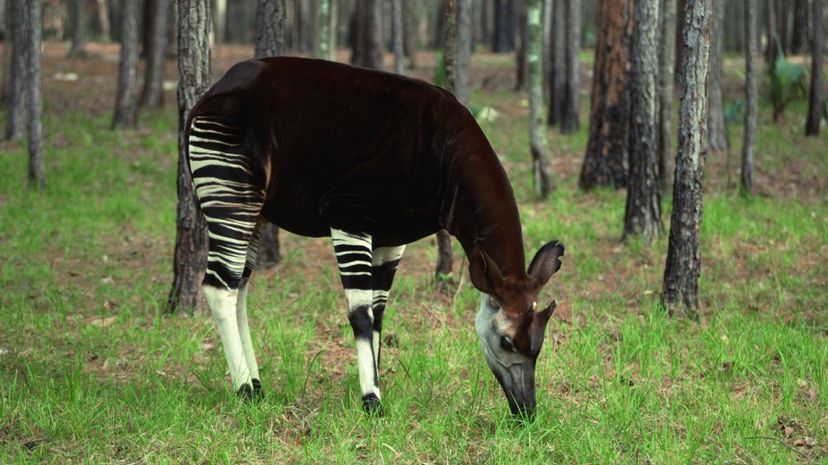
Okapi are also known as the forest giraffe or zebra giraffe, in honor of their longer necks and stripey rear ends. Okapi are only found in the wild in Africa, but there are now captive populations in North America and Europe. Amazingly, these two latter groups all descend from a mere 48 individuals!
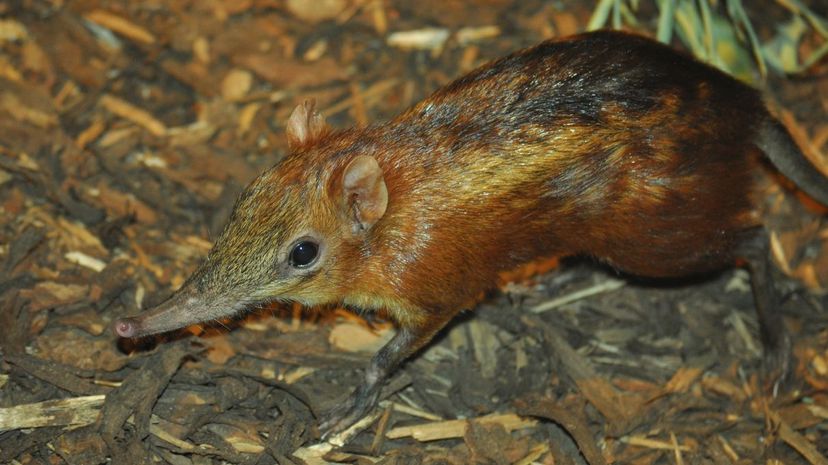
Found in central and southeast Africa, these shrews are sadly somewhat threatened, though efforts are underway to save them. They are also known as checkered sengi. In late 2018, it was announced that comedian Amy Sedaris would play one in the live action "The Lion King," hence its inclusion on our list!
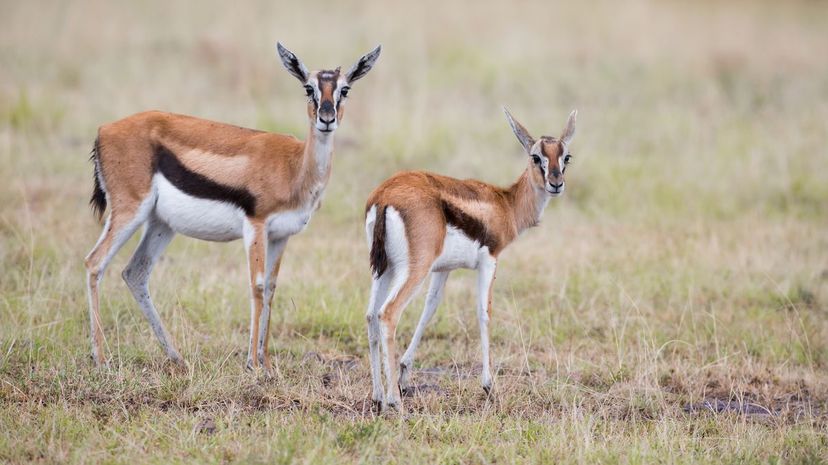
A gazelle is a type of antelope that typically gets to around 165 pounds. They aren't big enough to take on predators like some species occasionally do and thus find safety in gathering in groups. In the dry season, these are as small as ten individuals, but thousands come together during the rainy season.
Advertisement
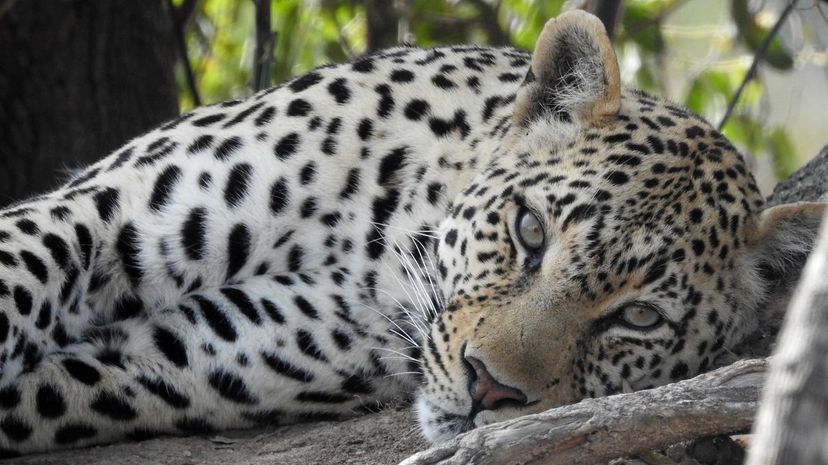
The leopard is one of the most adaptable eaters in the savanna, willing to chow down on whatever it can get: reptiles, birds, insects and larger prey species. It's the same species as the black panther, and despite its habitat being under threat in many places, it's enormous range means that it will hopefully be with us a long time yet.
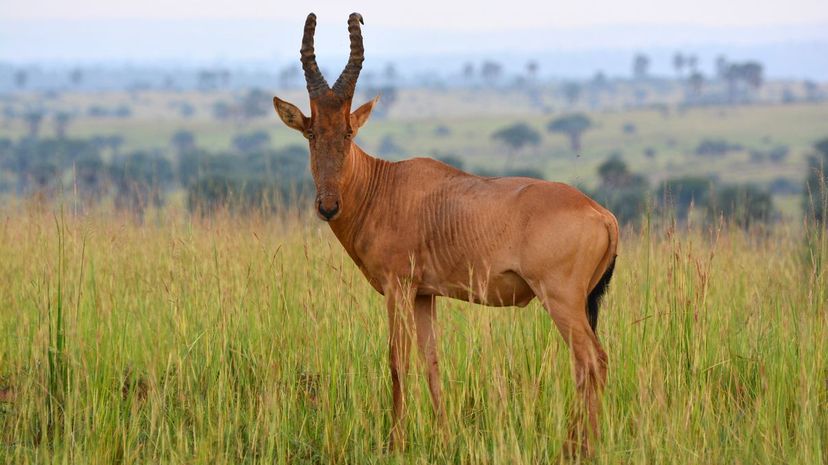
A hartebeest is another kind of antelope, and it comes in eight subspecies. They have a large range covering more than a dozen African nations, as they like to live anywhere that there is savanna. Their total population is estimated at a hearty 360,000 individuals.
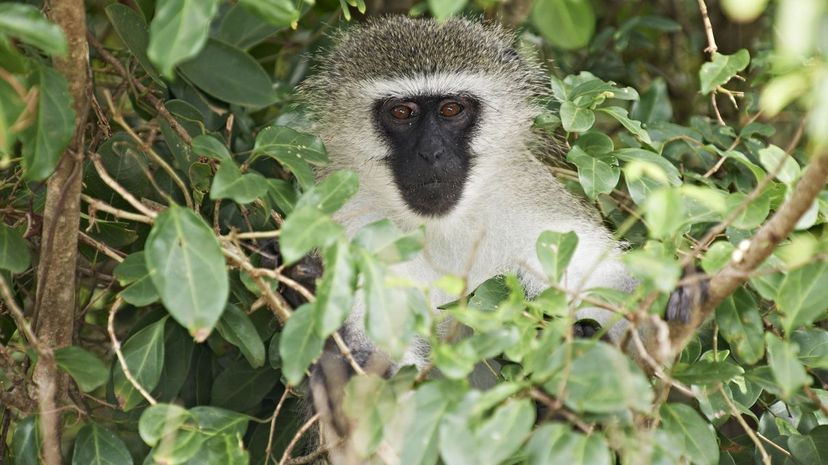
Vervets are one of the only two types of monkey native to South Africa itself. They are hierarchical creatures and expect young males to leave the group at puberty, so they do not threaten the order of things. Vervets are considered a pest species by African farmers and thus suffer from intense population pressure. Their most notable characteristic is probably that the males have very bright red-and-blue gentlemanly parts (which we have not depicted here!).
Advertisement
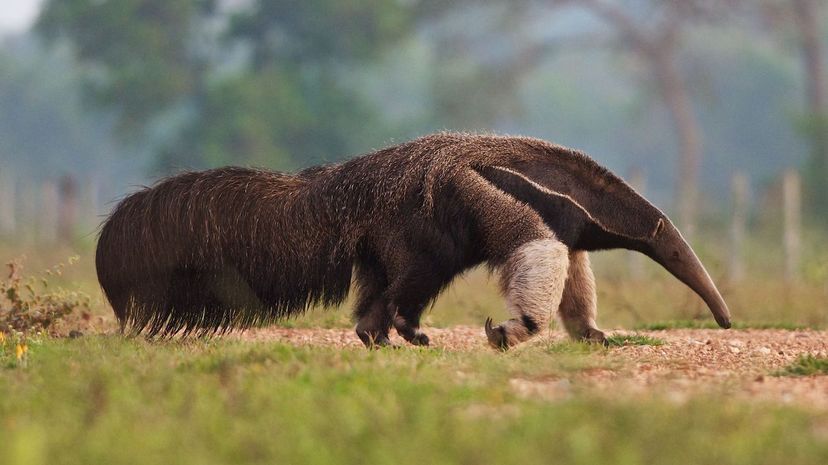
These large creatures can grow up to 90 pounds, which is an impressive feat considering how small ants are. The anteater's long snout helps it to sniff them out, and it is untroubled by ants' high acidity. Its nose is forty times more powerful than ours, making up for its relatively poor vision.
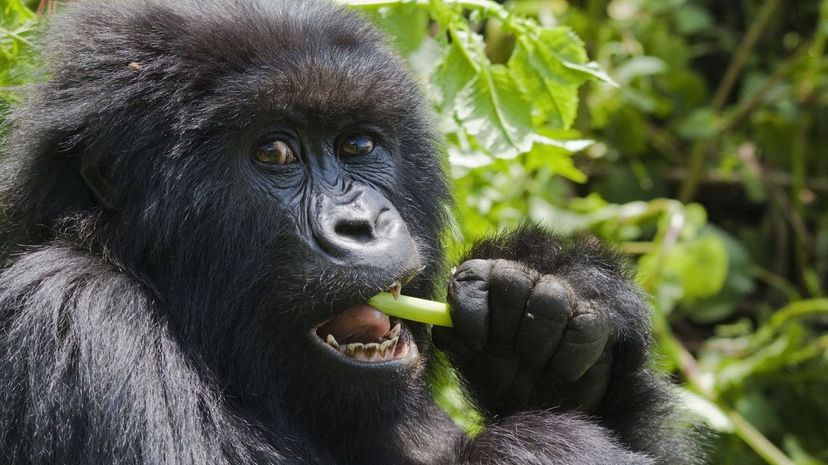
Mountain gorillas are one of the most intelligent primate species, but tragically they are under real threat as they are still hunted for their meat. They like to live at least 6,000 feet above sea level, but there are only about 1000 of them left in the wild—and all of them are found within two large areas. Conservation efforts and the obvious photogenic appeal mean the species will never go extinct in captivity, but it's sadly not unlikely their wild cousins will not be with us much longer.
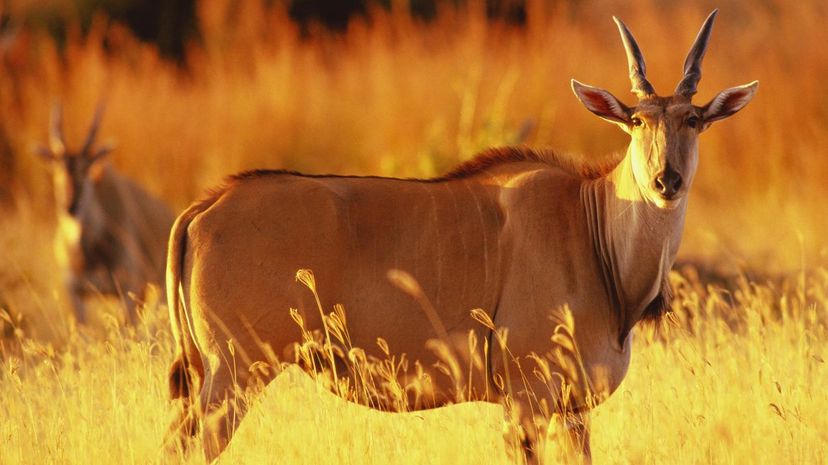
"Eland" means horse or elk in Dutch, as these animals were given a new name under the Dutch empire. They are not actually related to horses; they're a kind of antelope. The "giant" comes from the size of the horns, though the species is pretty large itself, clocking in at 1400 pounds!
Advertisement

The crested porcupine doesn't have a speaking role in the main movie, but one attacks Simba (in self-defense) in one of the Disney magazine stories set in the "Lion King" world: A tale named "Prickly Problems" features a porcupine named Spike. These animals are found in thirty African countries, as well as in Italy.

The East African oryx comes in two main varieties: the beisa oryx and the fringe-eared oryx, with their habitats being divided by a large river. They reach around 500 pounds, and there are an estimated 363,000 of them, according to the African Wildlife Foundation.
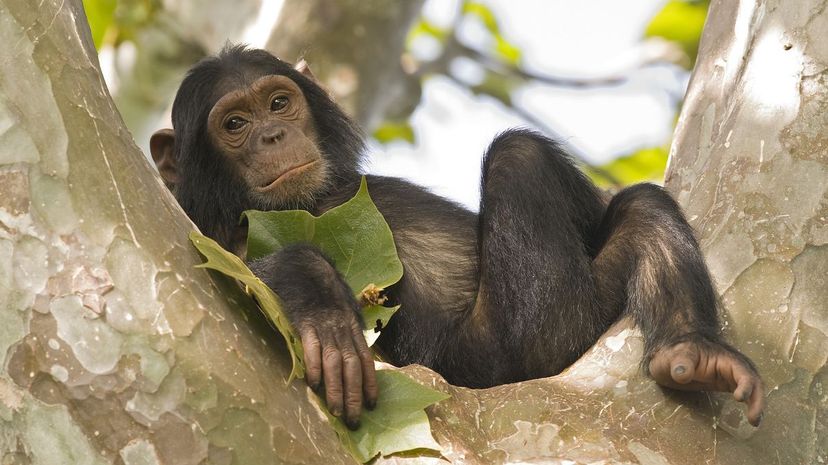
The common chimpanzee is the closest relative humans have, along with the bonobo. They are incredibly intelligent creatures, and some people have argued that it would be taxonomically correct to categorize them in the genus "homo," in honor of their relation to us.
Advertisement
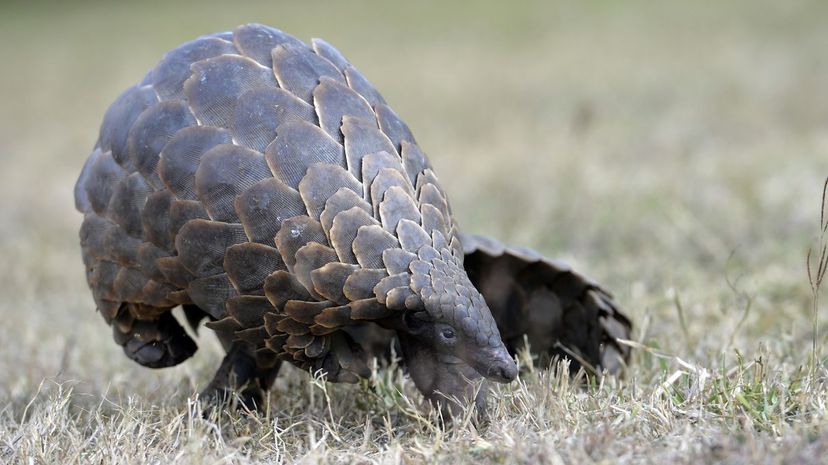
The ground pangolin is distinct from its cousins who live an arboreal lifestyle, preferring to hang out on solid ground. It's found in the eastern and southern regions of Africa. They can be quite crafty (or lazy, depending on your point of view) and sometimes appropriate underground burrows constructed by aardvarks or aardwolves.